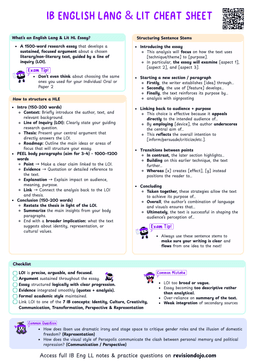Stable Ecosystems Depend on Critical Conditions
- For ecosystems to remain stable, they must meet several key requirements:
- A Steady Supply of Energy: Energy flow ensures ecosystem productivity.
- Nutrient Recycling Without Losses: Nutrients like carbon, nitrogen, and phosphorus must be retained within the ecosystem.
- High Genetic Diversity: Populations with greater genetic diversity are better able to adapt to environmental changes.
Energy Flow Sustains Productivity
- Ecosystems rely on a steady energy supply to maintain stability.
- Disruptions to energy flow caused by natural events or human activity can destabilize ecosystems.
The eruption of Mount Tambora in 1815 reduced sunlight globally, disrupting photosynthesis and leading to ecosystem collapses.

Nutrient Cycling Prevents Resource Loss
- Nutrient cycling ensures that essential elements remain available for life processes:
- Decomposers (e.g., fungi, bacteria) break down organic matter, recycling nutrients into the soil or water.
In grasslands, decomposers release nutrients from dead plants, which fertilize new growth.
NoteLoss of nutrients through erosion or human activities can weaken ecosystems, leading to instability.
Genetic Diversity Builds Resilience
- Populations with high genetic diversity are more resilient to diseases, climate changes, and other environmental pressures.
- Keystone species with greater genetic diversity are critical for maintaining ecosystem roles.
Low genetic diversity reduces populations' ability to recover from disturbances, threatening ecosystem stability.
Climatic Stability Is Key
- Ecosystems remain stable when temperature, rainfall, and humidity stay within species' tolerance limits.


